What is brand salience?
Brand salience is the degree to which your brand is in consideration at the moment of purchase. In the world of ecommerce, it all starts with keyword search. There are two scenarios to explain brands saliency on ecommerce.
a) In chocolates and confectionary as a category on Amazon the search volume of the brand term ‘Cadbury’ is almost as high as the generic term ‘chocolates’. This indicates that the brand Cadbury enjoys strong Top of the mind. However-this may not necessarily mean that the brand enjoys high brand saliency owing to several factors:
- Even though customers have a high intent of purchasing the brand, they may get swayed to switching to competition brands if they see more value in terms of price-offs, visual cues etc.
- The customer is unable to purchase because your product is not visible in the search results and hence explores competition brands
- Your product is visible in the search results but out of stock
b) In the same category if the consumer searches using generic term like ‘chocolates’ and considers purchasing your brand provided its available and visible then your brand enjoys high saliency.
Brand salience is a true measure of your marketing efforts. Most people tend to get confused between brand awareness and brand salience. Brand salience makes buyers consider your brand over another at that moment of decision-making. If your salience is weak, you’ll go unnoticed. That’s the difference between big names and smaller brands: The former has high brand salience, whereas the latter has low.
On digital commerce you need to build relevance of your brand at the right moment, right time and right place! Let’s delve a little deeper into levers that drive saliency on ecommerce.
Digital Shelf Optimization:
In the digital stores, customers rely heavily on the information you provide on the product detail page. Since more than 80% of the browsing and purchase happens on mobile -is your content mobile optimized? Customers engage better with images and even better with videos in case of complex product categories like electronic devices. Are you communicating your brand USP, value, features effectively with the use of right intrinsic images? The digital shelf content should help the customer address these four basic questions: Who is the brand? What it is? Which variety is it? How much quantity can the customer expect?
Fig 1. Below is A pack as it appears on the physical shelf and a decluttered pack that is still fully recognizable.
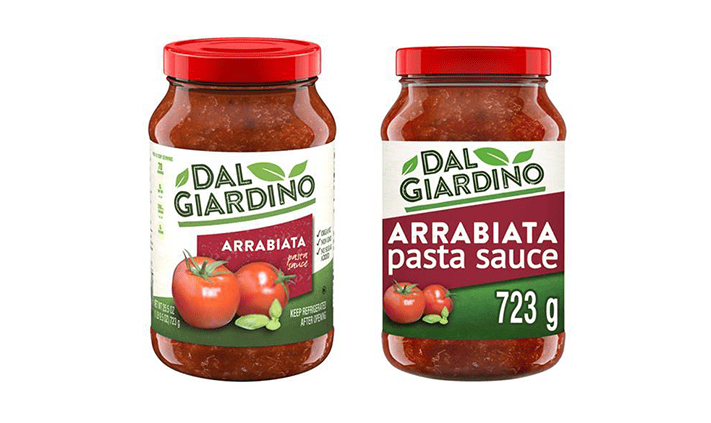
- The product detail pages should be indexed for keywords relevant to your category. This helps build relevance of your brand in the category and dial up organic visibility of your brand.
- Digital shelf content is not just about reaching shoppers who are completing their purchases online. Importantly, the “Research Online, Purchase Offline” (ROPO) effect means that retailers don’t just help shoppers make purchases, they also help them find and discover the products they eventually buy, online or offline.
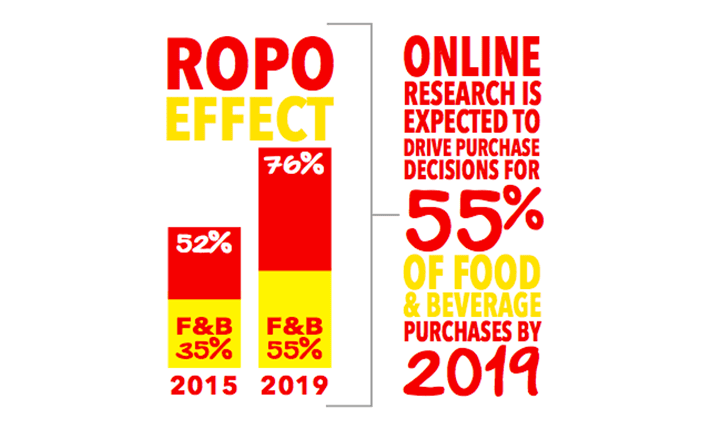
- Discount:Ecommerce has democratized the way people discover, explore and buy brands. The advent of mobile penetration, fintech revolution and increasing purchasing power allowed for quick customer adoption of ecommerce channel. The customer has become more voyeuristic given they are spoilt for choice; additionally, retailers are wooing them with great deals and discounts. Hence as a brand one must
- Maintain price parity across all eTailers
- Use surgical pricing in a controlled set-up
- Should not get lured to deep discount as it may yield results in the short-term but will hurt your brand in the long run
- Keep a tab of your competition’s pricing strategy, check for seasonality impact
- Most customers are price sensitive and they use these eTailer sites to check and compare product prices and deals.Discounts are a key reason that help customers make a switch and consider your brand.
- Therefore, you must be competitive enough to break the clutter and be visible to your customer in that moment of indecisiveness.
- Promotion/Advertising: Ecommerce is a high-performance channel given brands get a view of the full shopper journey in the marketing funnel. However, this has led to most brands having a linear approach to advertising. If I invest a $ in advertising how much sales does it yield? Many advertise sporadically at the time of high traffic events only as they feel they are organically ranking in the search results. This is a myopic approach and will impact your brand saliency. Let’s understand this further:
- Scenario 1. Search advertising immediately helps build relevance of your brand in the category as it improves visibility of your products to the shopper when they are searching for your brand or making generic searches. The earlier you start your journey on search the higher impact it yields on your sales.
- On an average long-term advertisers maintain ~40% higher sales over late-advertisers
- 37% differential in sales for 1-year old advertisers (as compared to 6- month old advertisers)
- Scenario 2. Many brands are skeptical of the long-term impact of advertising and while search is an easy sell given it allows them to see the impact it makes to sales; they tend to overlook the importance of awareness campaigns on-site.
- Search helps you target those high intent customers who are actively searching your brand or category. But that’s just focusing on churning the mid to bottom funnel and at some point, in the long run it will run dry. Over a period of time you will start seeing a drop in your product glance views. You have to strategically invest in building visibility and consideration by being visible when the customers are browsing in the category aisle or when they are on the homepage looking for deals while building their monthly basket.
- Scenario 1. Search advertising immediately helps build relevance of your brand in the category as it improves visibility of your products to the shopper when they are searching for your brand or making generic searches. The earlier you start your journey on search the higher impact it yields on your sales.
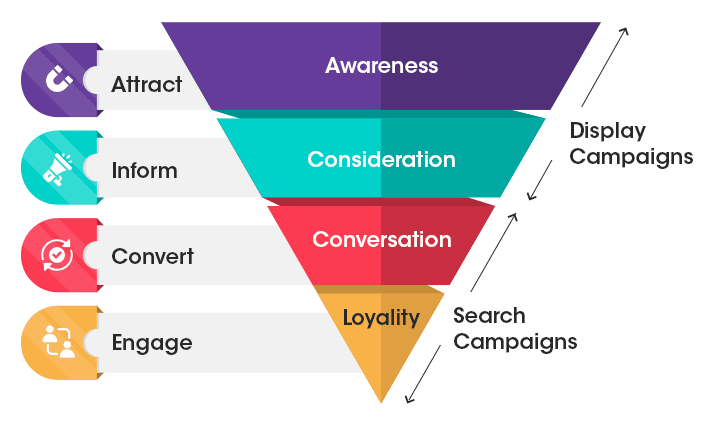
Even though a balance is hard to achieve in anything, we must have a long-term strategy which has a mix of search and display campaigns. The ratio may differ depending on the category you operate in, degree of competition and existing brand equity. Its important to expand the base while keeping a sharp focus on sales.
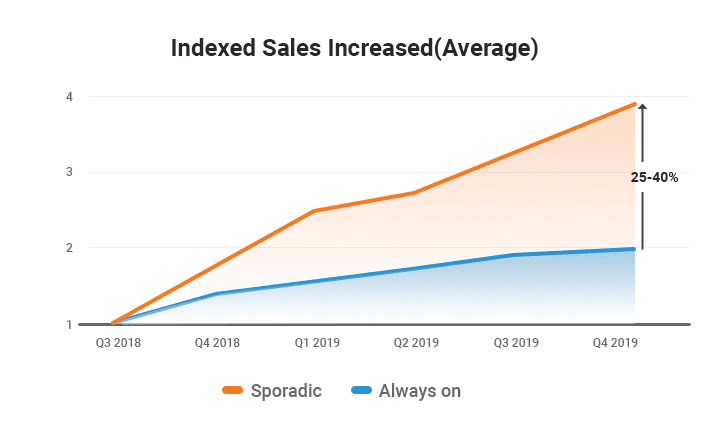
All these are important quantitative and qualitative mental cues play a crucial role to building your brand salience on ecommerce. By building on both these levers you are maximizing the number of customers shopping online who will think about your brand and maximizing the number of times they will think of your brand at their moment of truth.
I’d like to conclude by saying that brand salience on ecommerce has to be looked at differently as the growth levers are different online. You cannot adopt a traditional marketing strategy for this channel as the customer behave very differently off-line vs online. The customer journey is no more linear then why should are strategy be linear?
Shweta is an acknowledged leader in eCommerce, digital and experiential marketing. In AGL, She heads eBux: an in-house incepted Etail Marketing solution which caters to dynamic demands for some of the biggest national and multinational FMCG, CPG and Automobile brands.
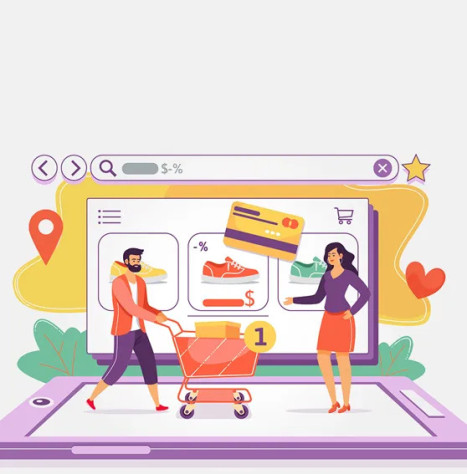





Leave a Comment